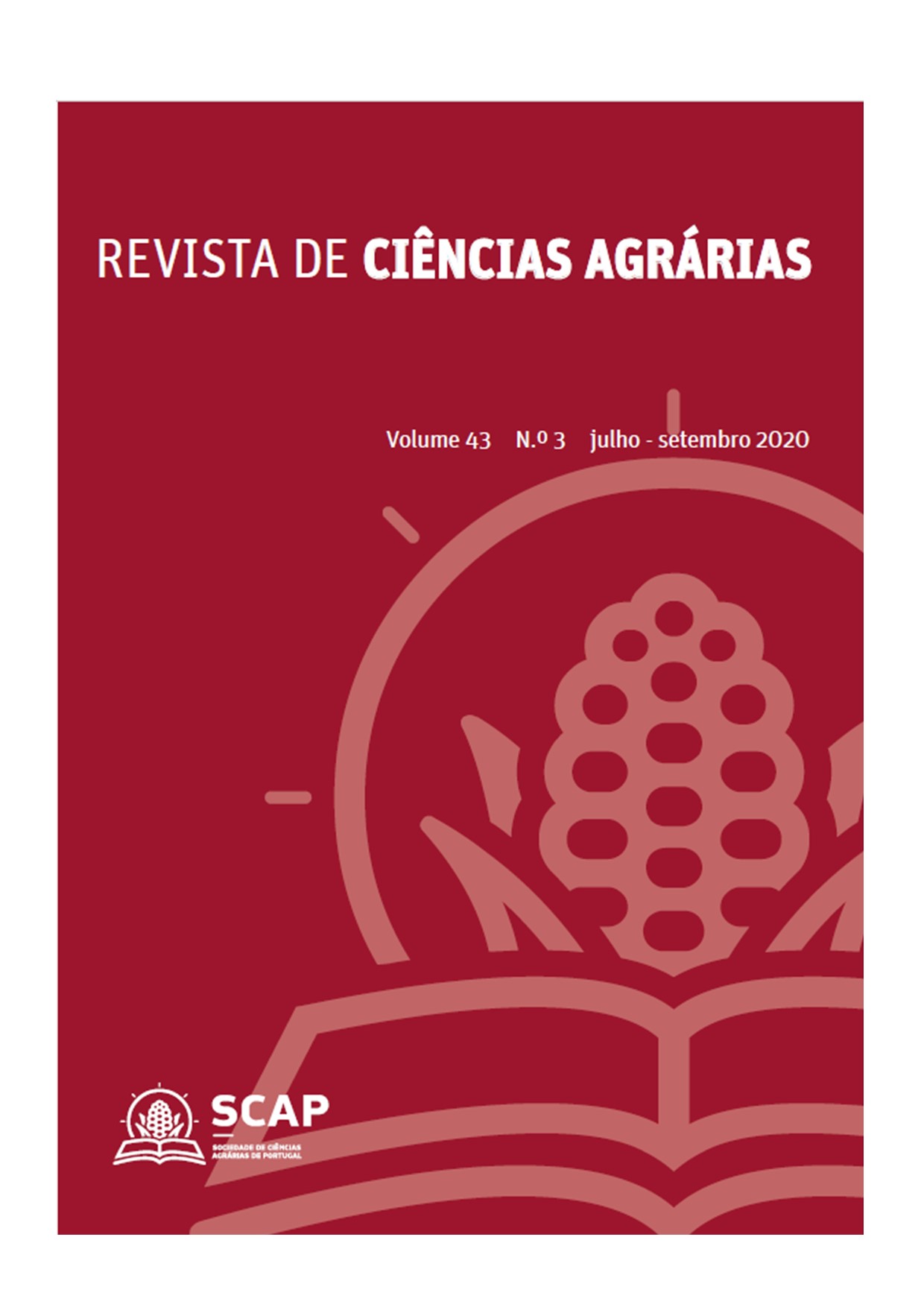Estrutura e síndromes de dispersão da vegetação arbórea em floresta nativa e agrofloresta, na Amazônia Meridional
Structure and dispersal syndromes of forest and agroforest
DOI:
https://doi.org/10.19084/rca.19602Resumo
: A escolha de espécies nativas usadas na gestão de sistemas agroflorestais para recuperação de ambientes antropizados, são fundamentais para manutenção da biodiversidade e dos processos ecológicos. Neste estudo, avaliamos a complexidade estrutural e a diversidade de plantas em uma agroflorestal de teca, em comparação com uma floresta nativa tangente à área plantada. Assim, montamos 33 parcelas na área de floresta nativa e 24 na agrofloresta, ambas com dimensões de 10 × 10 m, na Fazenda São Nicolau, Cotriguaçu, Mato Grosso, Brasil. Coletamos os dados da estrutura da vegetação e calculamos os parâmetros fitossociológicos descritivos da estrutura da comunidade. Utilizamos i) PCoA para avaliar a similaridade florística entre floresta nativa e agrofloresta, ii) GLM para determinar a influência da abertura do dossel na estrutura da vegetação, e iii) ANOVA para analisar as características estruturais por síndrome de dispersão. Registramos 395 indivíduos arbóreos pertencentes a 98 espécies e 35 famílias, incluindo a espécie exótica Tectona grandis. Consideramos abundância e a área basal em relação à síndrome de dispersão, onde notamos, a zoocoria significativamente maior quando comparado com anemocoria e autocoria. Assim, consideramos a síndrome de dispersão zoocórica como fator que melhor explica a relação entre os tipos de florestas na Amazônia Meridional.


